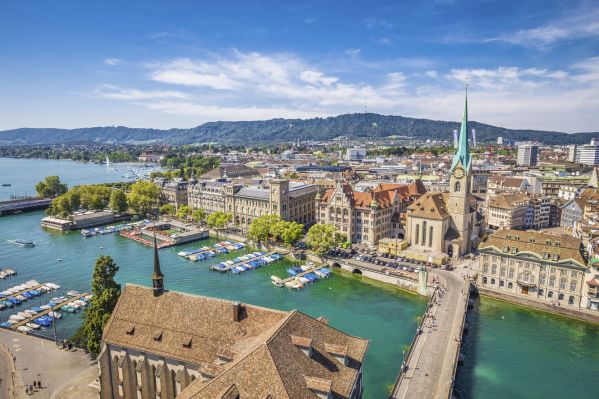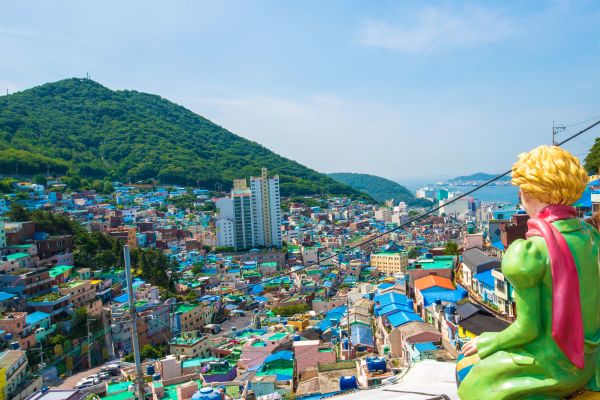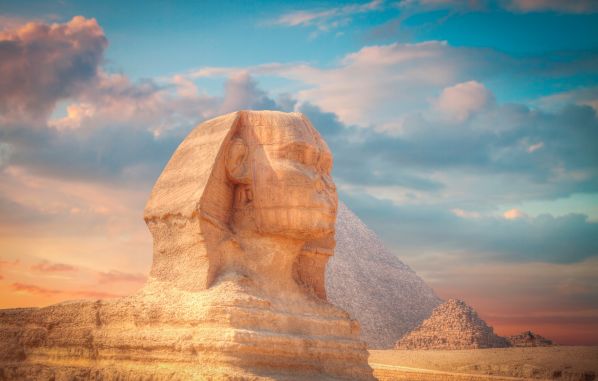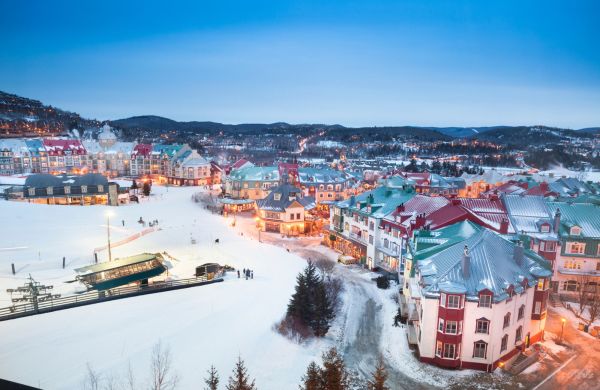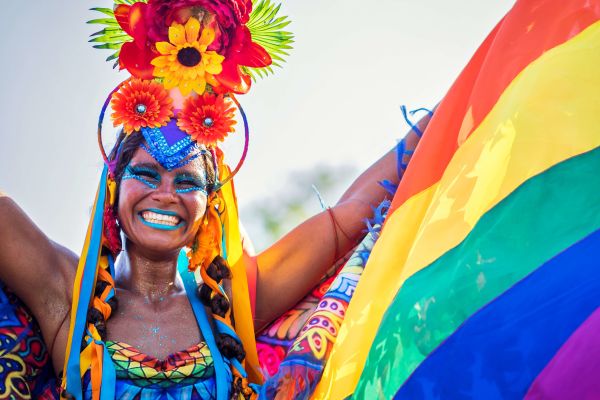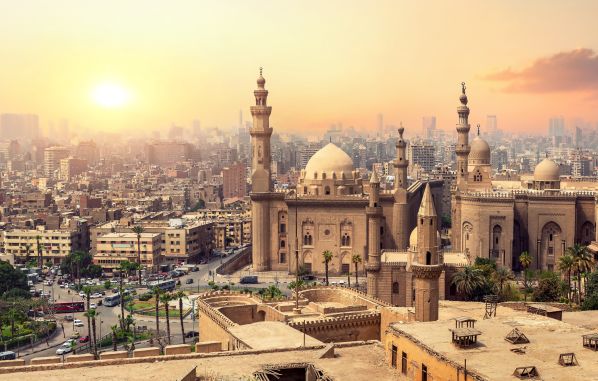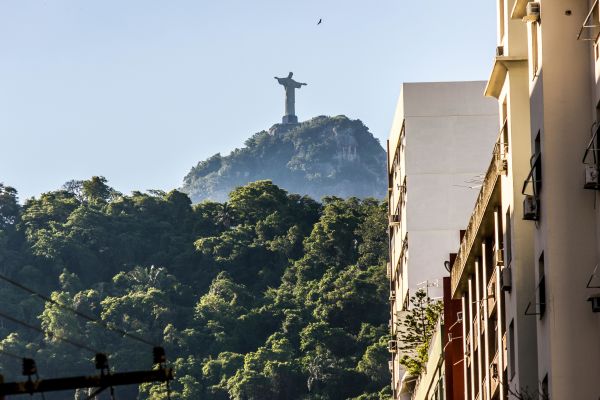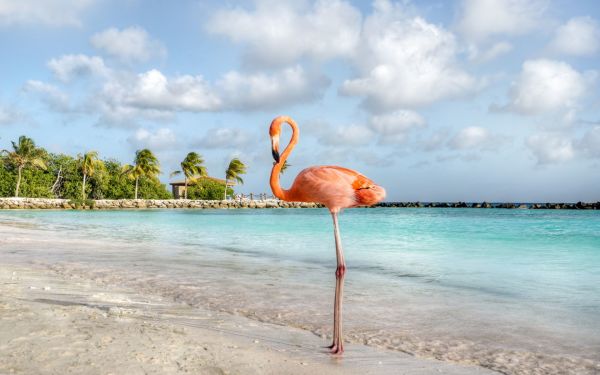5 interesting facts about India’s colorful Holi festival

Every March, India lights up with a vibrant burst of color, marking the arrival of spring with the Holi festival . More than just a Hindu holiday, it becomes an egalitarian celebration, erasing class distinctions and welcoming participants from all over the world. In 2024, this magical celebration is scheduled for Monday, March 25th .
Holi, also known as the festival of colors, transcends borders and becomes a global experience. The Hindu tradition, originating in Jaipur , has spread to Bangladesh and Pakistan , as well as to nations with significant immigrant communities, such as Suriname, South Africa, and Malaysia .
But the festival's allure is not limited to the Indian subcontinent; in the UK and the US , parties, concerts and events take place, giving people from all over the world the chance to immerse themselves in this unique celebration.
Beyond the apparent mayhem of paint powder and water jets, Holi is rooted in a unique culture and deeply ingrained traditions. This festival, which symbolizes the victory of good over evil and happiness over sorrow , also celebrates the blossoming of flowers and the feeling of warmth and joy.

During Holi, each color evokes a special feeling, and children find joy in drenching each other with water guns , known as 'pichakari'. People immerse themselves in the experience, rubbing their faces with colors and spreading love, harmony, and unity . As night falls, the true Holi festival unfolds when people gather to enjoy folk songs and dances.
There are five interesting facts about this festival—its origins, traditions, and current activities—that will surely pique the interest of travelers. We detail them below.
1. The Holi Preview: Holika Dahan
The festivities begin on the eve of Holi with the Holika Dahan ritual. In this poignant event, Hindus light a symbolic bonfire using dung and wood, commemorating the death of Holika. This ritual precedes the famous Rangwali Holi, the second day of the festival. From the advance purchase of colored powder to the practical throwing by children, the preparations encompass much more than just colorful paint.
2. The mythical link between pigments and Krishna
The story of Krishna (an incarnation of the god Vishnu in Hinduism) and his desire to match the skin tone of his sister Radha gave rise to the pigments known as gulal. Originally, these powders were made with flowers and spices, but today synthetic ones imported from China predominate. Despite this, the Indian government is promoting a return to natural ingredients. Interestingly, in 2012, 200 people were hospitalized in Mumbai for poisoning due to artificial dyes.

3. The triumph of good over evil
The name "Holi" comes from Holika, the demonic sister of the evil king Hiranyakashyap. Legend tells how Prahlad, the king's son, miraculously survived a fire meant to consume him, symbolizing the victory of good over evil. Holi is, therefore, a reminder that faith and devotion can lead to salvation.

4. Bhang toast, made with cannabis
Some celebrate Holi with bhang, a cannabis paste drink rooted in Hindu mythology and associated with the god Shiva. Families also painstakingly prepare gujiya, a sweet pastry filled with fruits and nuts and spiced with cardamom. These treats are an integral part of the festivities, adding a distinctive touch to the event.

5. The meaning of colors in Holi
Beyond aesthetics, each color holds a special meaning. Red symbolizes love and fertility, blue represents Krishna, while green marks a new beginning. Every shade in the Holi palette tells a unique story, weaving profound meanings into the festival's rich tradition.
You might also be interested in: Ultra Music Festival 2024: Discover Miami to the rhythm of electronic music


